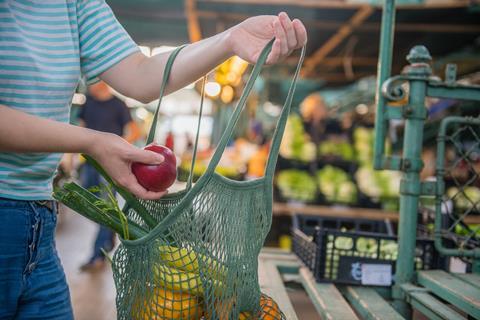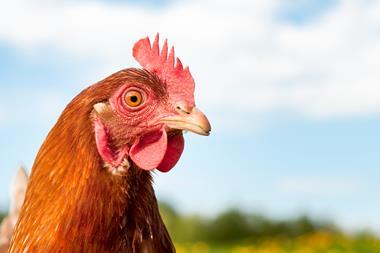
Today is Earth Day. It provides a moment to pause and reflect on the progress the industry has made when it comes to tackling climate change, as well as the urgency and scale of the challenge that lies ahead.
Reassuringly, as the industry faces significant and ever-growing pressures, many leading businesses are holding firm on their environmental, social and governance (ESG) commitments.
The food and drink industry comes under as much scrutiny as any other – understandably so, given the food system contributes a third of all human-caused emissions. That’s why the onus is on us to be the drivers of change.
The ‘E’ component of ESG – the environment – is the most commonly reported and simplest to quantify. That’s not because it’s easy but because it’s often where most focus has been to date. For example, we’ve seen a huge, and positive, uptick in companies pledging to reach net zero emissions, and those moving to fully recyclable packaging within a certain timeframe.
It is more difficult to measure and monitor social impact or the efficacy of governance in the same way. As a result, these aspects of ESG strategies are often ignored or go unseen in the race to meet environmental targets.
But the three are inextricably intertwined. For our sustainability targets to be effective, we need buy-in from employees, suppliers and consumers, which cannot be achieved without strong governance and being able to demonstrate how all our actions add up to have a positive impact on wider society.
Businesses like us must show suppliers, customers and consumers that sustainability is embedded in our DNA and applied at every level of our operations. And it means demonstrating to people why sustainability strategies are important to consumers and suppliers. To do this, we need to make sure our targets are geared towards not just being a sustainable business, but creating sustainable communities.
For example, by investing in regenerative agriculture methods, we can not only protect the natural world but also ensure we’re supporting farmers to improve their livelihoods. That’s why we’re collaborating with our farmers and incentivising on-farm practices that improve soil health, maintain and restore diverse ecosystems and safeguard water resources. This is a win-win-win scenario: for the environment, for the resilience of our farmers, and for us to improve the sustainability of our products.
We want to make sure we reach beyond just the suppliers we work with directly. Whether that’s helping schoolchildren understand where their food comes from, investing in helping young farmers become the dairy leaders of tomorrow or even planting thousands of trees and miles of hedgerows, we’re focused on having a positive impact now and for generations to come.
The race to net zero is not a contest, it’s a collective goal. We’ll only get there if we all take accountability, collaborate and are transparent on our journey – including the communities we work with, and the people that enjoy our products.
That’s why we can’t let the ‘S’ (social) and ‘G’ (governance) fall by the wayside. Our journey on sustainability shouldn’t only be defined by figures. The impact we’re having on the ground and in local communities should be front and centre of our strategies.



















No comments yet